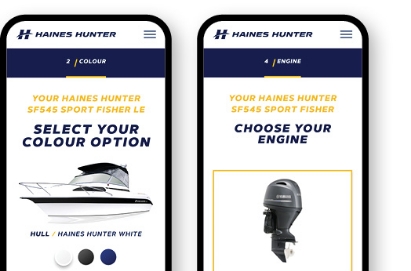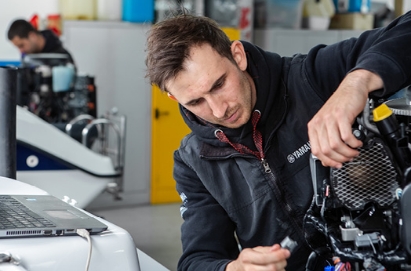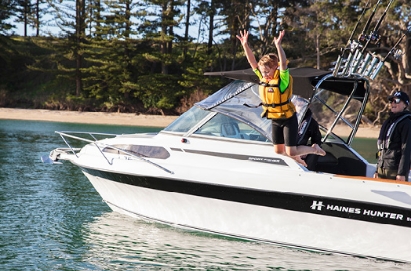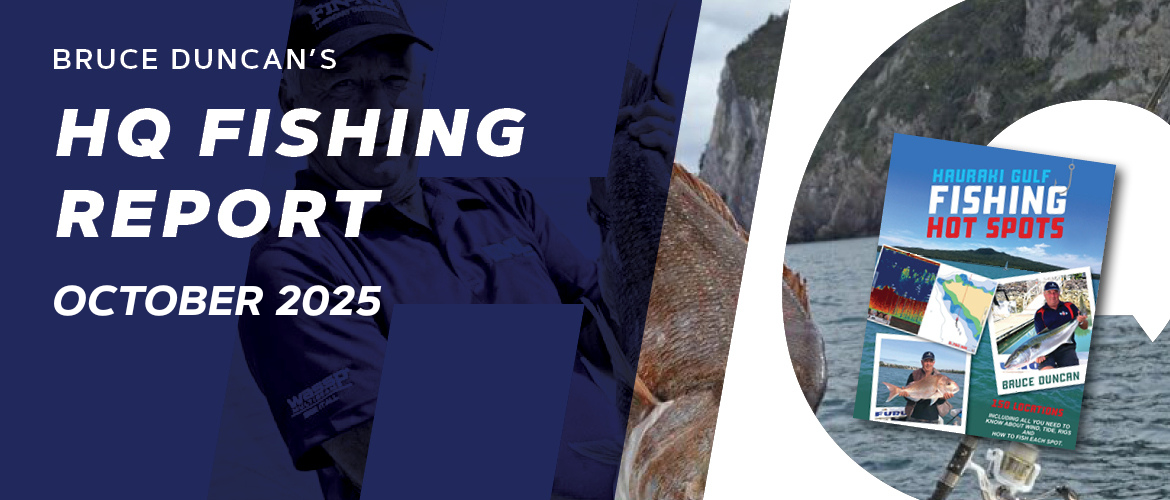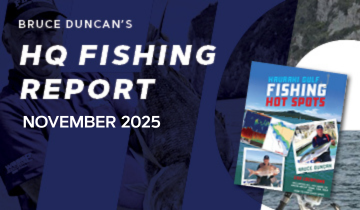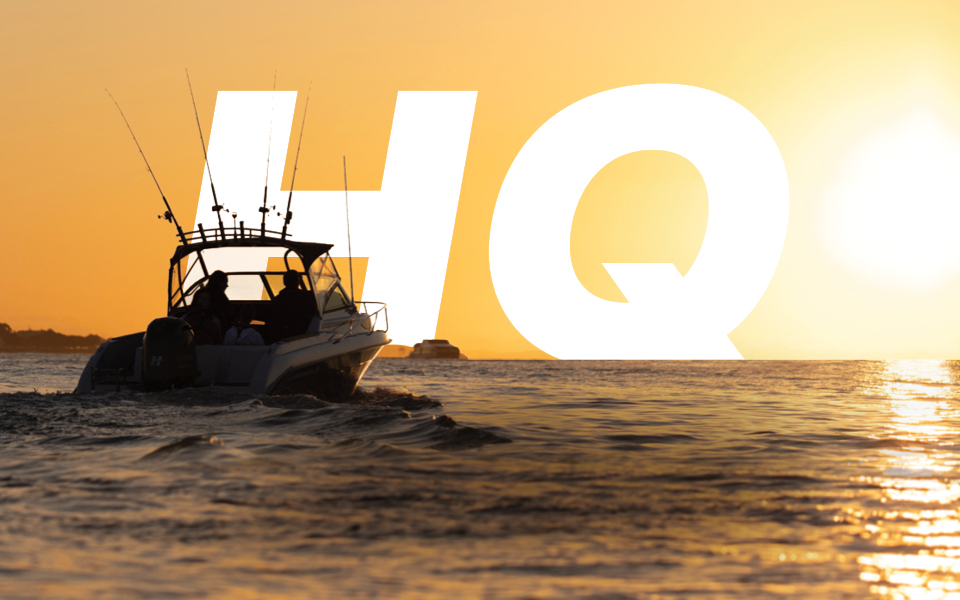Like all of you by now I am over this constant spell of bad weather, if it’s not raining it’s been windy but mostly it’s been all of the above.
Not getting out gives you time to really clean up around the boat. With a vacuum, I run down the inside of the pockets under the aft seats around the transom, taking out a season of fish scales and bits of nylon. I even cleaned the inside of the screen as it fogs up in the early morning starts. Over the summer, you don’t realise until you come to the big clean-up how much of a build-up of gunk is on the helm.
Most important of all is it’s now time to book my Haines 485 in for a motor service as my Yamaha 70 hp has now turned over 313 hours in just three years, still running faultless due to annual servicing by the experts at Haines HQ. Rather than waiting till closer to summer when they get solidly booked up get yourself booked in now as I do as I also get the team to give the boat a full on polish and trailer check at the same time.
The few times it’s been fishable, it’s been at the turn of the tide when the wind is due to turn to another quarter. Often, when this happens, particularly in the early morning, the wind will drop for a few hours before kicking in again.
Winter fishing is often challenging at its best, but given just a short weather window, you have to make the best of it. Make a game plan and stick to it rather than shooting from spot to spot.
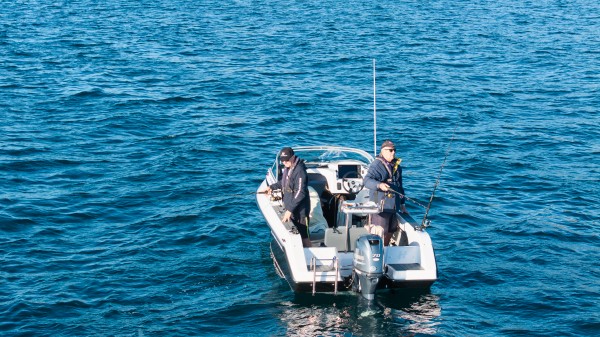
Taking a look out wide, the fish are well spread out, so the call is to target shallow kelp-covered rocky areas that hold resident fish year-round. Thinking outside the square rather than hitting the obvious structure most people target, I idle around looking for isolated structures close to shore. The first thing I do is drop over a Black Magic flasher rig to catch fresh bait.
Fishing with three rods, I cast a selection of baits and sizes at different angles and distances from the boat. Waiting for the first bite, I prepare a number of baits. By chopping from the tail to the gut area of the pilchards, I end up with around three to four small chunks of ground bait. Squishing a few up, they are dropped directly below the boat, and the rest are tossed at different angles and distances from the boat.
As the ground bait drifts down into the rocks, snapper start scrapping over them, which brings in more fish looking for a feed. It’s this aggression that really gets the fish on the bite. The problem with fishing shallow, rock-strewn areas is that you lose a lot of gear. The first three baits all got snagged.
Frustrated and grumpy makes you think outside the square. Drawing on all my fifty-plus years of fishing, the first lesson was always “fish your feet first.” In ten meters of water with ground bait slowly floating down, why not try casting just seven meters away from the boat? The thinking snapper will rise out of the kelp to take the ground bait and then head straight back down.
That in mind, I re-rigged a line, added half a pillie, dropped it over, and put the rod in the holder while I re-tied the other lines. One of the advantages of this way of fishing with a snapper coming up to take a bait, then heading down, is that they pretty much hook themselves. This being the case, the rod got slimed over losing a heel of a lot of line as the fish headed towards the shore, then forward of amidships. When you hook a fish in this rugged shallow water, it is critical that you keep it from dragging into the rocks. You achieve this by holding the rod tip up as high as you can. This lifts the head of the fish as well as turning it, by keeping the rod tip just doing short strokes to regain line, the fish will still tear off, but is well higher off the bottom and slowly tires out. This was typical kahawai behaviour, hence I slowly played it out thinking of big slabs of fresh bait. Only once, well off the bottom, did I get the typical big head shakes as it tired, resulting in a snapper around the six kilos, just perfect for smoking.
This is when you don’t get overexcited and greedy as I tend to do, especially as I could see the wind picking up. Now the other two rods were baited and dropped amongst another handful of ground bait. Suddenly, I was hooked up on all three rods at the same time. Now these fish fight like hell in shallow water, but while landing another snapper around four kilos, I lost the other two. Lesson learnt, focus on one rod as time was pressing with the wind really starting to kick in. Feeding more ground bait is critical to keep the fish aggressive, making the strike and setting the hook easier and literally, fifteen minutes, I had a limit of fish, and then I set the anchor up.
Now, back home with the motor flushed and the boat washed, the wind is up to twenty-five, gusting to thirty, and heavy rain is on the way.
The weather is slowly improving, but the equinox winds will be kicking as they do every year, so I suggest now is the time to take the boat into Haines HQ so it’s all good to go at a moment’s notice. I have to say that there is just something about being out on the boat knowing everything has been taken care of.
